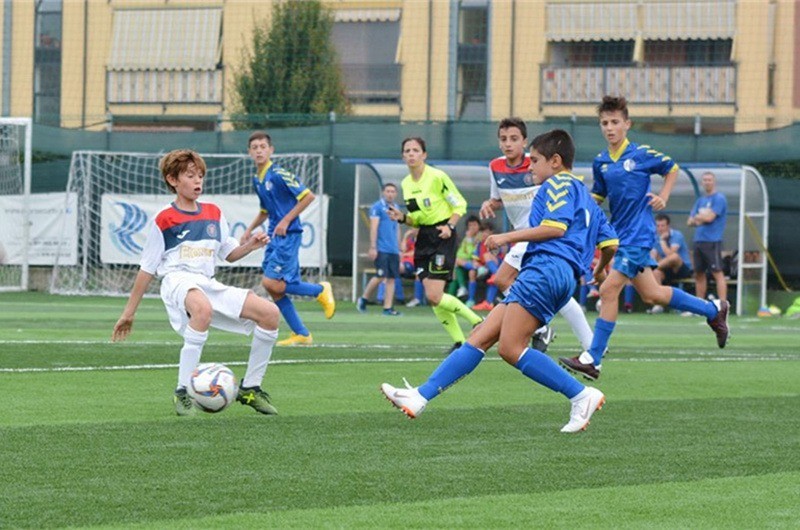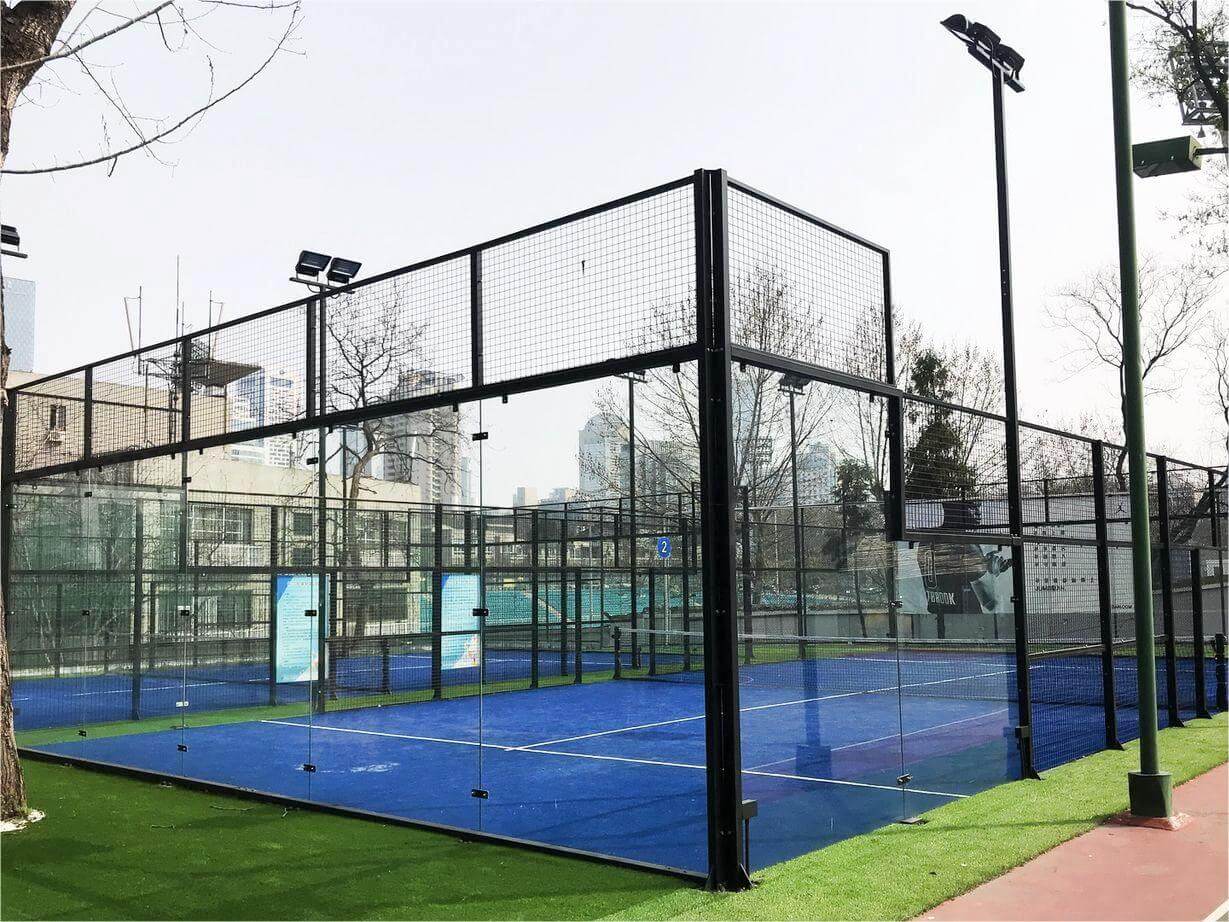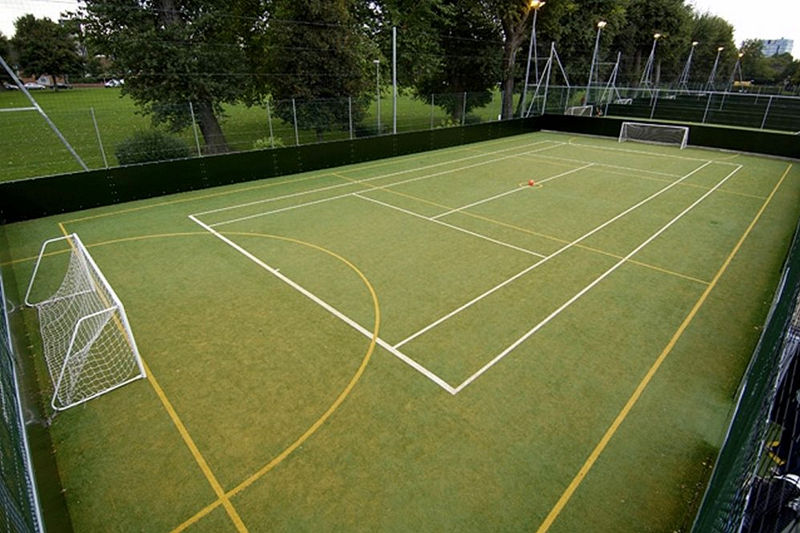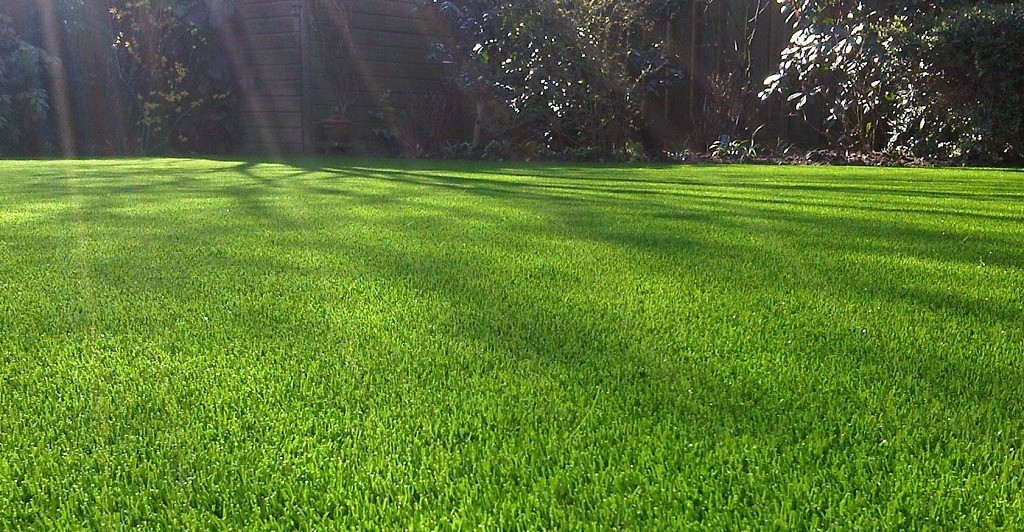Artificial grass offers numerous benefits, but it is important to be aware of one potential drawback: it can become hotter than natural grass on sunny days. While natural grass has a cooling effect, artificial grass retains heat similarly to pavement. However, the advantages of artificial grass, such as water-saving and low maintenance, often outweigh this temperature difference, making it a popular choice, especially in hot climates. In this article, we will explore why artificial grass heats up, discuss methods to make it cooler, address concerns about fading, and touch upon shrinkage.
Understanding the Temperature Difference:
Artificial grass surfaces tend to be warmer than natural grass under hot conditions. This is primarily because the heat from the sun is absorbed into the turf pile and is not absorbed by the soil beneath, unlike with natural grass. Research suggests that solar radiation, rather than air temperature, plays a significant role in the temperature fluctuation of synthetic grass. The type of infill used beneath the turf can also impact heat retention. However, it is important to note that studies on surface heat have been limited to specific grass products and cannot be generalized for all artificial grass available today.
Methods to Reduce Artificial Grass Temperature:
If you haven’t installed artificial grass yet, consider the following ways to make the surface cooler:
Opt for a lighter grass color and infill that will absorb less heat from the sun. Avoid black rubber infills as they tend to retain and transfer more heat.
If feasible, install artificial grass in shaded areas under trees. While natural lawns struggle to grow in shaded areas, artificial turf can thrive, providing a cooler space for your family and pets during summer.
If you have already installed artificial grass, the following tips can help reduce surface temperature:
Use sprinklers or a hose system to cool down the synthetic lawn. Wetting the surface for a few minutes can significantly lower the temperature. Running a sprinkler system over the lawn or spraying it with a hose has been shown to reduce temperatures by up to 60 degrees Fahrenheit. This cooling effect can last for several hours.
Install shade sails or retractable awnings to provide shade over your artificial grass. Keeping the turf out of direct sunlight helps prevent excessive heat absorption and creates a comfortable spot for relaxation or play.
Addressing Fading and Shrinkage Concerns:
Modern artificial grass is designed with UV stabilization, providing protection against fading and damage from sunlight and UV rays. Reputable suppliers offer guarantees on colorfastness and UV resistance to ensure long-lasting performance. It’s important to choose a supplier that provides a solid UV-resistance guarantee for their products.
Shrinkage is a common issue with artificial surfaces due to temperature changes. Synthetic grass may expand slightly in heat and shrink in cold conditions. While some shrinkage is inevitable, it can be minimized by properly securing the turf with enough spikes during installation.
Conclusion:
Although artificial grass may heat up more than natural grass in direct sunlight, its numerous advantages continue to make it a popular choice, particularly in regions with hot climates. By implementing strategies such as choosing lighter colors, providing shade, and utilizing cooling techniques like sprinklers, you can effectively manage the temperature of your artificial grass. Remember to select high-quality products with UV stabilization guarantees to prevent fading and discoloration over time. With proper care and consideration, you can enjoy the benefits of artificial grass while minimizing potential heat-related concerns.




